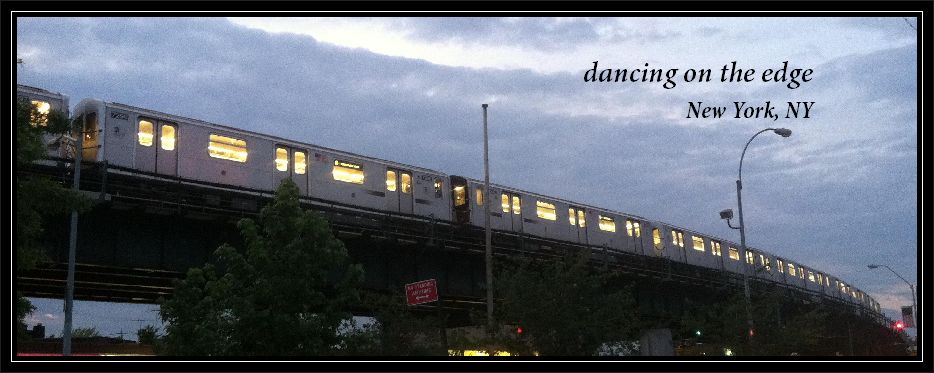Isabel Lewis/ Lewis Forever
A Guide to Kinship and Maybe Magic
Saturday, September 15, 2012
Saturday, September 15, 2012
Perhaps I am getting crazier, or maybe this is what my
college professors warned us about and my tastes in performance are changing
over the years. There was a time when I detested all-things post modern or avante-garde
and clung to more traditional, whimsical forms of dance. However, I found the
majority of this production to be quite enjoyable, and even touching and
thought-provoking in many ways. Of course, there were a couple sections that
come to mind as being painfully awkward for me to experience. But overall, I am
glad that I attended and got better acquainted with the artists, Isabel Lewis,
and her family collective, Lewis Forever.
photo by Lexi Namer
Based on the press release I read before the show, I really
had no idea what to expect. But after seeing it, I found the press release to
be accurate. It’s just one of those things that you have to see to appreciate
and my written description will undoubtedly fall short of matching what I would
consider the artistic genius of “A Guide to Kinship and Maybe Magic,” but here
goes anyway.
Lewis Forever is the name for the Lewis siblings (Sarah,
Isabel, and the twins Legia and George Jr.) plus the “imposter Lewis,” performer
Brendan Jacobs-Jenkins, who acts as a director and commentator of the silent, black
and white film giving his play by play of artistic intentions, occasional sound
track and sound effects, and when we are lucky, some accompanying choreography
and performance. The brother, George Jr.
is not actually in the film but a hauntingly beautiful song of his was played
several times during the film. (And I have been unsuccessful thus far in
finding it online so I may download, but I will continue searching.)

photo by Lexi NamerTo describe what I saw, I would say it was psychological, endearing, and horrific with a slightly comic edge. I can only wonder what other people’s experience could have been at such a show. I imagine everyone’s would be different based on the family and experiences that they come from and how they related to the Lewis siblings.
Sibling rivalry is normal and I can remember lots of fights
with my own siblings. You know the famous battle cry, “I’m going to kill you!” Well
the Lewis sisters took it one step further and actually found creative ways to kill
one another with each scene of the film. And then the next scene would come and
you would see the sister who was just murdered saunter in with blood on her
clothes as if it never happened. Eventually the killing became comical because
you knew that they weren’t really portraying murder, just the temporary
incapacitation of a loved one.
The film evoked a sense of nostalgia for one’s childhood and
home. A place that I am told you can never go back to. It left me wondering how
much of what ‘imposter Lewis’ said was truth, and how much was fiction created
to evoke this Kinship and Maybe Magic.
I think I would rather not know the truth and just believe that the magic I
felt that night was real.





